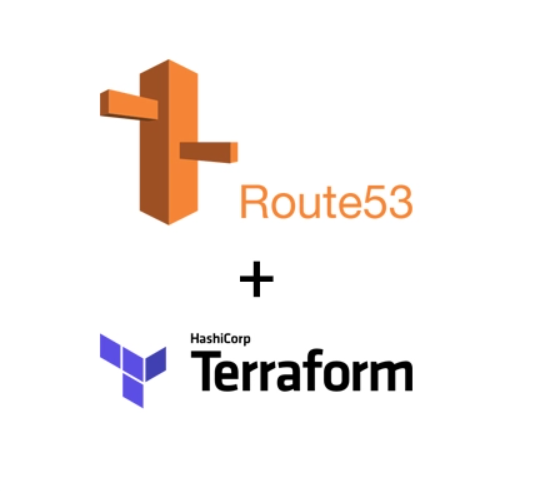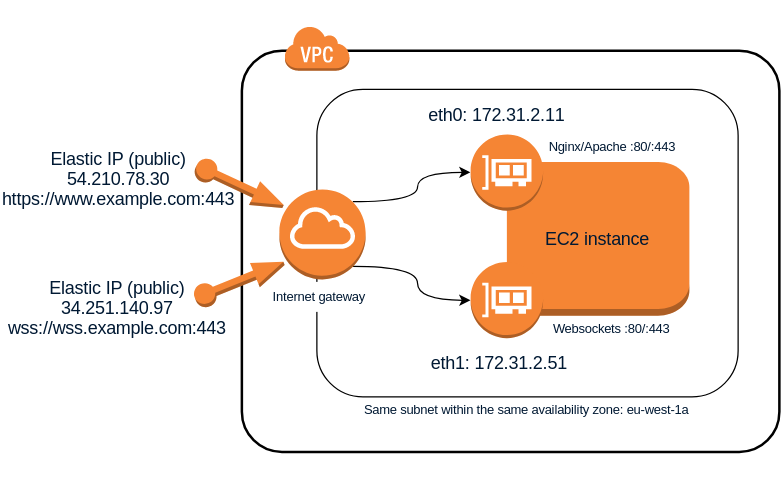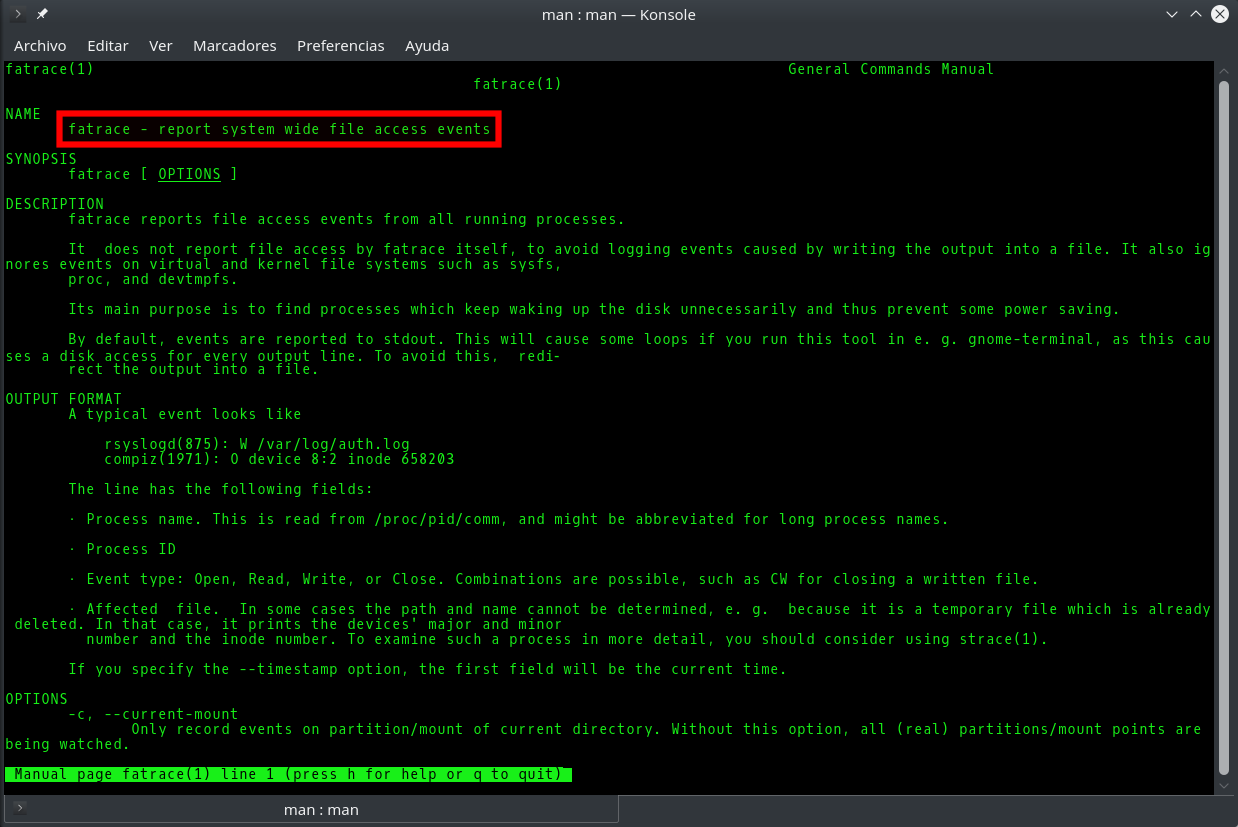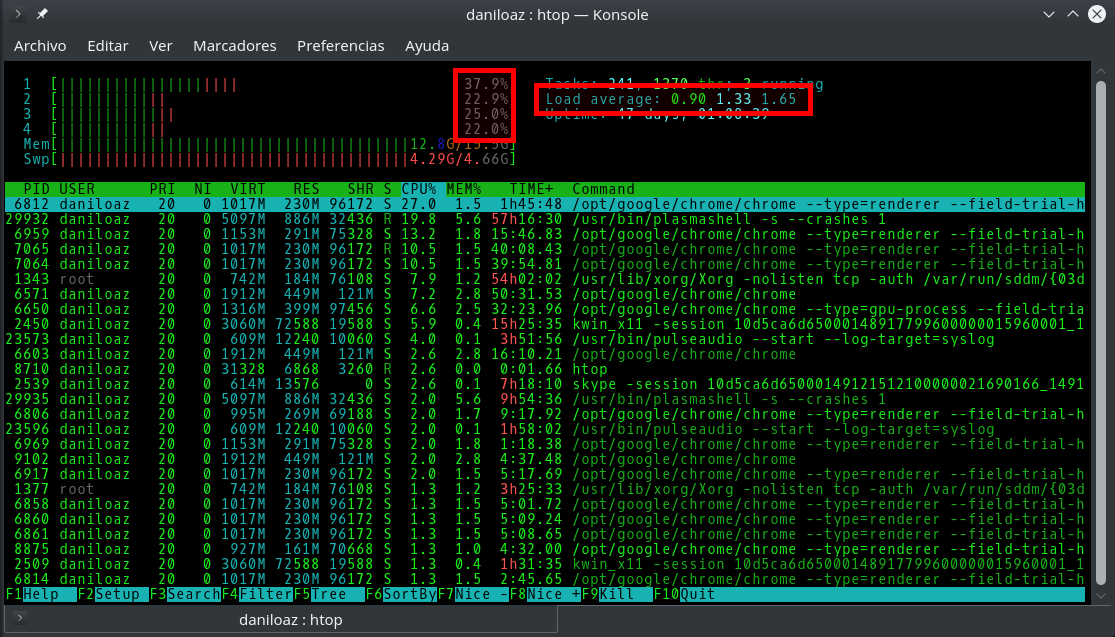How to quickly import all records from a Route53 DNS zone into Terraform

The terraform import command allows you to import into HashiCorp Terraform resources that already existed previously in the provider we are working with, in this case AWS. However, it only allows you to import those records one by one, with one run of terraform import at a time. This, apart from being extremely tedious, in some situations becomes impractical. This is the case for the records of a Route53 DNS zone. The task can become unmanageable if we have multiple DNS zones, each one with tens or hundreds of records. In this article I offer you a bash script that will allow you to import in Terraform all the records of a Route53 DNS zone in a matter of seconds or a few minutes.



 When we completely fill up an ext4 filesystem mounted on a partition hosted in an EBS volume of Amazon Web Services and we can not do anything to free space because we do not want to lose any of the stored data, the only solution is to grow up the volume and extend the associated partition up to 100% of its capacity to obtain free space again.
When we completely fill up an ext4 filesystem mounted on a partition hosted in an EBS volume of Amazon Web Services and we can not do anything to free space because we do not want to lose any of the stored data, the only solution is to grow up the volume and extend the associated partition up to 100% of its capacity to obtain free space again. Since the key combination Control+s is widely used as a shortcut to save files in GUI applications such as text editors, image editors, web browsers, etc. sometimes you are betrayed by your subconscious when you are working from the Linux command line and you use that same key combination when you are for example editing a Vim document when trying to save it. Then you notice that no key answers, the shell is locked and you can no longer do anything else in it. Even worse, you get a cold sweat because you can’t continue editing your document and you can’t save the changes.
Since the key combination Control+s is widely used as a shortcut to save files in GUI applications such as text editors, image editors, web browsers, etc. sometimes you are betrayed by your subconscious when you are working from the Linux command line and you use that same key combination when you are for example editing a Vim document when trying to save it. Then you notice that no key answers, the shell is locked and you can no longer do anything else in it. Even worse, you get a cold sweat because you can’t continue editing your document and you can’t save the changes.
 I am a strong supporter of simplicity and the principle that less is more, but as far as security and performance of information systems is concerned, we must be able to strike a balance between keeping things simple and exposing ourselves as little as possible to potential threats while trying to obtain the maximum performance of all system elements involved.
I am a strong supporter of simplicity and the principle that less is more, but as far as security and performance of information systems is concerned, we must be able to strike a balance between keeping things simple and exposing ourselves as little as possible to potential threats while trying to obtain the maximum performance of all system elements involved.